The best way of controlling potential cross contamination of products with allergens is a vigorous allergen monitoring regime, which the BRCGS recommends. In this guide we will cover a range of key topics.
Content:
What is a food allergy?
A food allergy is a medical condition in which exposure to food triggers a harmful immune response. This immune response, or allergic reaction, occurs because the immune system attacks proteins in the food that are normally harmless. The proteins that trigger the reaction are called allergens.
In the UK it is the law for food businesses to inform consumers if they use any of the following 14 key allergens as ingredients in the food and drink they provide:
- celery
- cereals containing gluten – including wheat, rye, barley and oats
- crustaceans – such as prawns, crabs and lobsters
- eggs
- fish
- lupin
- milk
- molluscs – such as mussels and oysters
- mustard
- tree nuts – including almonds, hazelnuts, walnuts, brazil nuts, cashews, pecans, pistachios and macadamia nuts
- peanuts
- sesame seeds
- soybeans
- sulphur dioxide and sulphites (if they are at a concentration of more than ten parts per million).
Managing Allergens in Production facilities
Your production area should be designed to separate specific products. If this isn’t an option, you could schedule food production in order from least allergenic to most allergenic. This would be an effective method to manage cross-contamination.
In terms of storage, your facility should store raw ingredients containing food allergens away from the rest of the ingredients. Store them in sealed containers with a clear colour coded label.
 Allergens in Kitchens
Allergens in Kitchens
All allergen ingredients should be recorded on product specification sheets, included in recipes and everything should be kept in original packaging or labelled packaging. All ingredients should be kept up to date.
All kitchen staff should be aware of the risks and consequences of allergen cross-contamination. They should know the procedures put in place for example:
- Prepared foods free from one or more allergens should have separate work surfaces
- Storing all ingredients and prepared food in sealed labelled containers
- Staff must wash their hands thoroughly before and after preparing foods with/without certain allergens
- Utensils must be cleaned before every use (especially if they were used to prepared food containing allergies)
If allergen contamination is unavoidable, your customers must be informed at the start that you cannot provide them with an allergen-free dish e.g. before they order at a restaurant.

Allergens in non-packaged food
Food served at a restaurant or a takeaway should have allergen information available in written form before placing the order and receiving it e.g on a menu or website.
Foods sold loose in retail outlets, e.g. cheeses from a delicatessen and bread in a bakery should have personnel there for customers to ask ingredient information.

Allergens in packaged food
Any food packaged before it’s placed on sale must have an ingredients list. Packaged food which is:
- Ready for sale
- Either fully or partly enclosed by packaging
- Can’t be altered unless the packaging is opened
Food made and packaged at the same premises for direct sales, such as pies and sandwiches, are expected to have personnel there for customers to speak to. Allowing them to ask any questions about ingredients.
 Cleaning surfaces of allergens
Cleaning surfaces of allergens
Cleaning is extremely important when it comes to reducing the risk of cross-contamination. Something cleaning methods may prove ineffective for removing some allergens. Taking equipment apart and giving everything a good clean is a great way to ensure ‘hard-to-clean’ areas are allergen-free. Following and developing your cleaning regime will help you and your team keep on top of the risk of contamination. Ensure the surface is clean with an allergen swab. Across the UK, more food and drink businesses are looking for reliable products to show due diligence in preventing cross-contamination in production facilities and preparation areas.
Gem Scientific supply a range of allergen-specific tests in both rapid lateral flow and ELISA formats. Our team of experts are on hand to provide guidance, training and support in relation to ATP, hygiene monitoring and management systems. Contact us on 01924 444577, hello@gemscientific.co.uk or Livechat.
Training staff
Ensure all staff (including temporary staff and contractors) are aware of food allergens and the repercussions of their ingestion by sensitive individuals. Especially if they’re handling ingredients, equipment, packaging, and final food products.
They should all be trained to avoid cross-contamination of foods. As everyone has different tolerances, it is important food companies have a qualitative approach to allergen management and risk assessment.
Our allergen product range

3M™ Allergen Protein Rapid Tests
Streamline your process and simplify your allergen testing with 3M Allergen Protein Rapid Tests – qualitative immunochromatographic assays for rapid in-plant monitoring of specific food allergens.
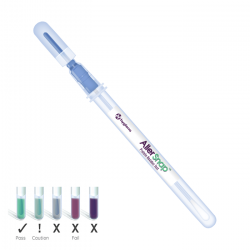
Hygiena™ AllerSnap ™ Rapid Protein Residue Test
The AllerSnap is a quick and easy way to verify the cleanliness of surfaces by detecting protein residues left behind on surfaces after cleaning. Just simply swab the area and activate the device to release a reagent that turns to a certain colour.
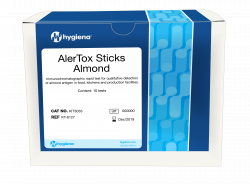
Hygiena AlerTox® Sticks
AlerTox® Sticks are a quick, reliable and practical tool for the control of allergen content in raw materials, final products, and working surfaces.
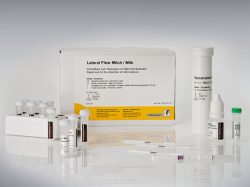
R-Biopharm Allergen range
No lab equipment is required and results from the Bioavid Lateral Flow Allergen Detection Swabbing Kits are available in 10 minutes. The effectiveness of cleaning can be verified by using r-Biopharm Lateral Flow kits which are designed to pick up specific allergens.
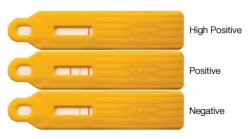
Neogen Reveal 3-D Rapid Allergen Tests
The Reveal test kits from Neogen allow you to test for the presence of allergens in 10 minutes or less. There are 12 different options to choose from depending on the allergen you want to screen for.
For more information about our allergen range contact our specialists: 01924 444577 | hello@gemscientific.co.uk | Livechat
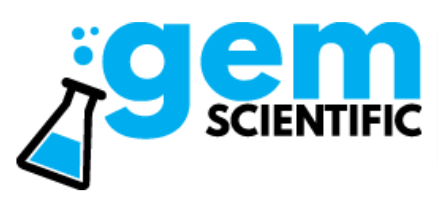
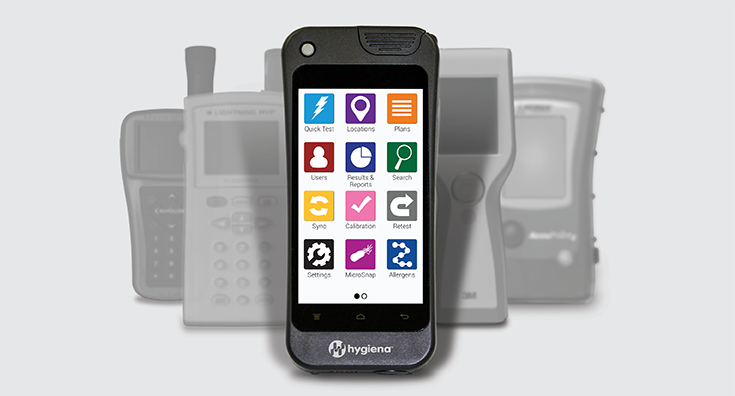

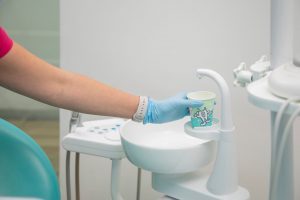

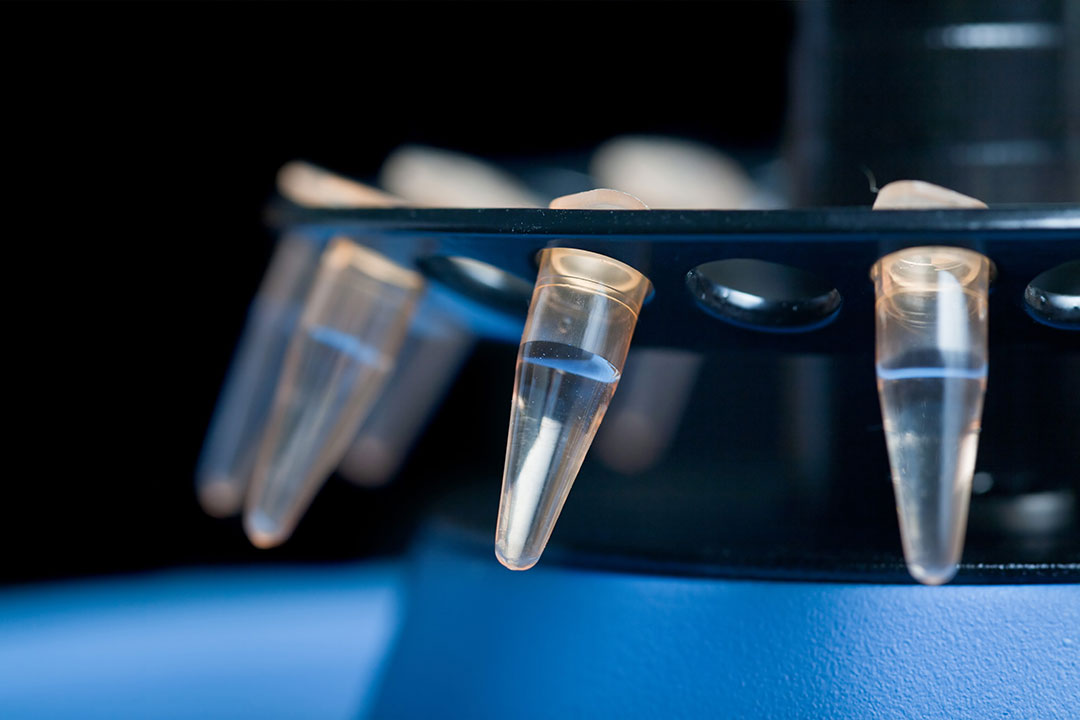
 Allergens in Kitchens
Allergens in Kitchens

 Cleaning surfaces of allergens
Cleaning surfaces of allergens



